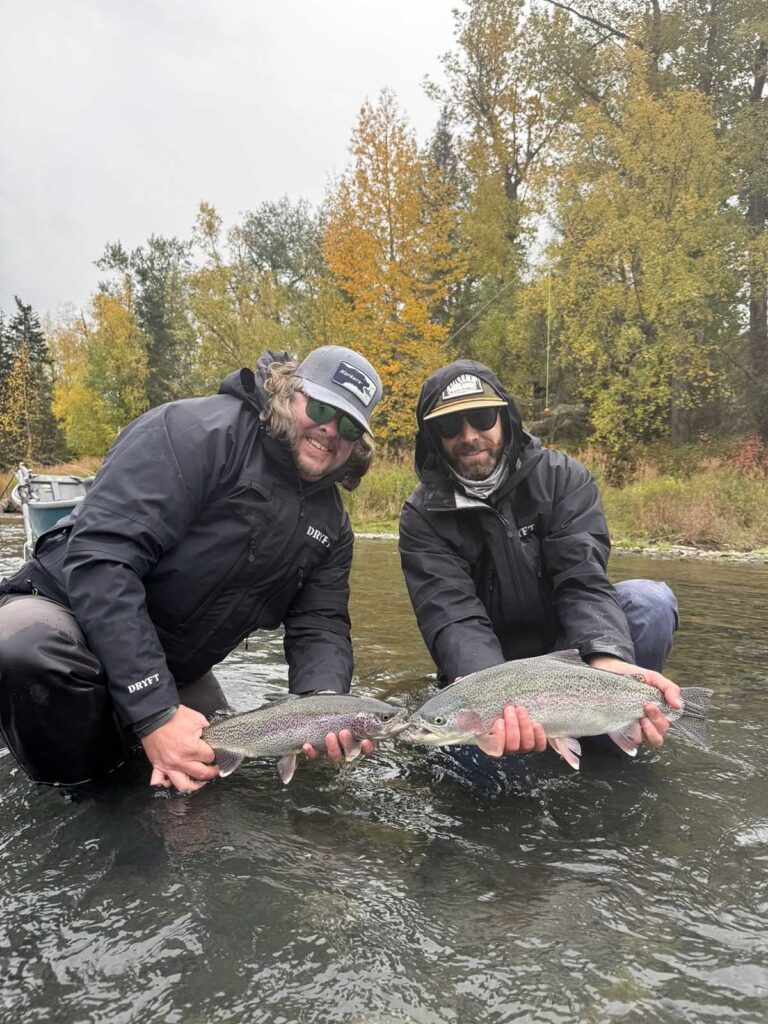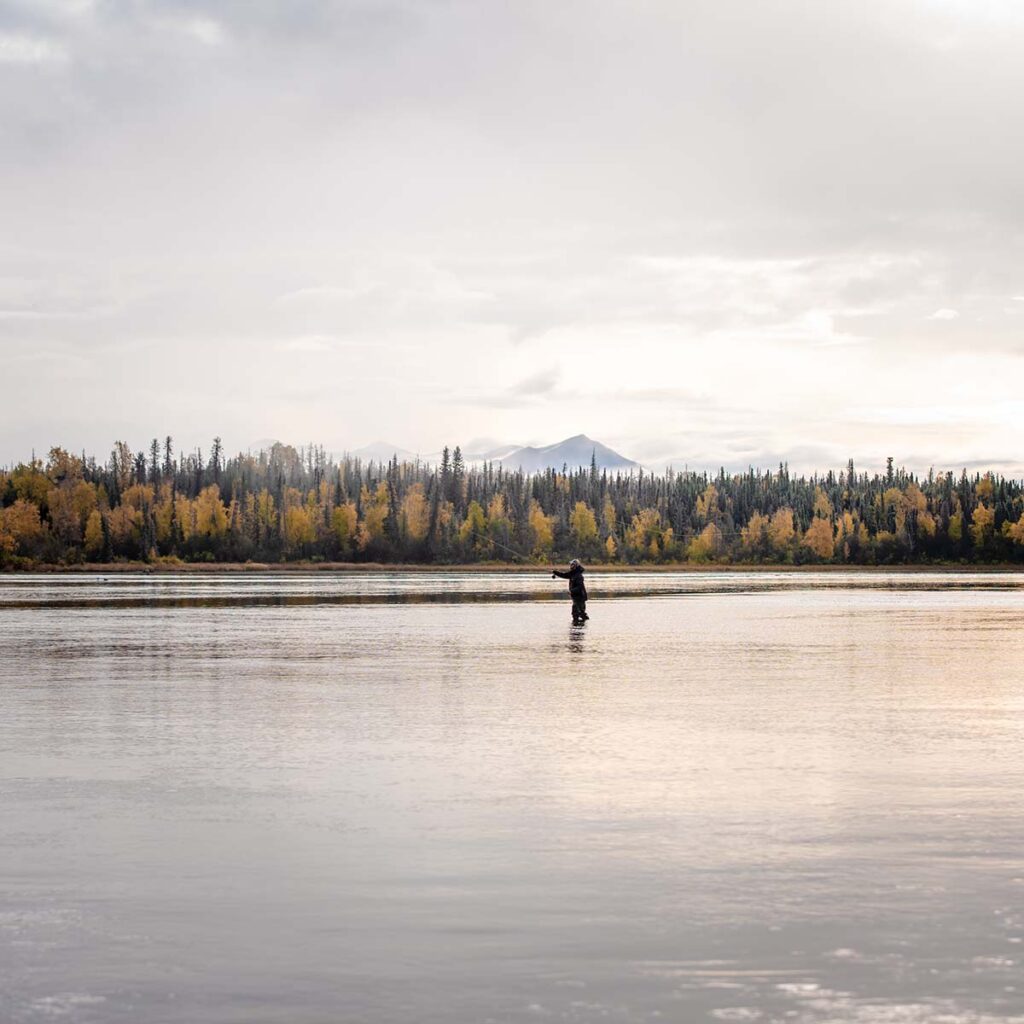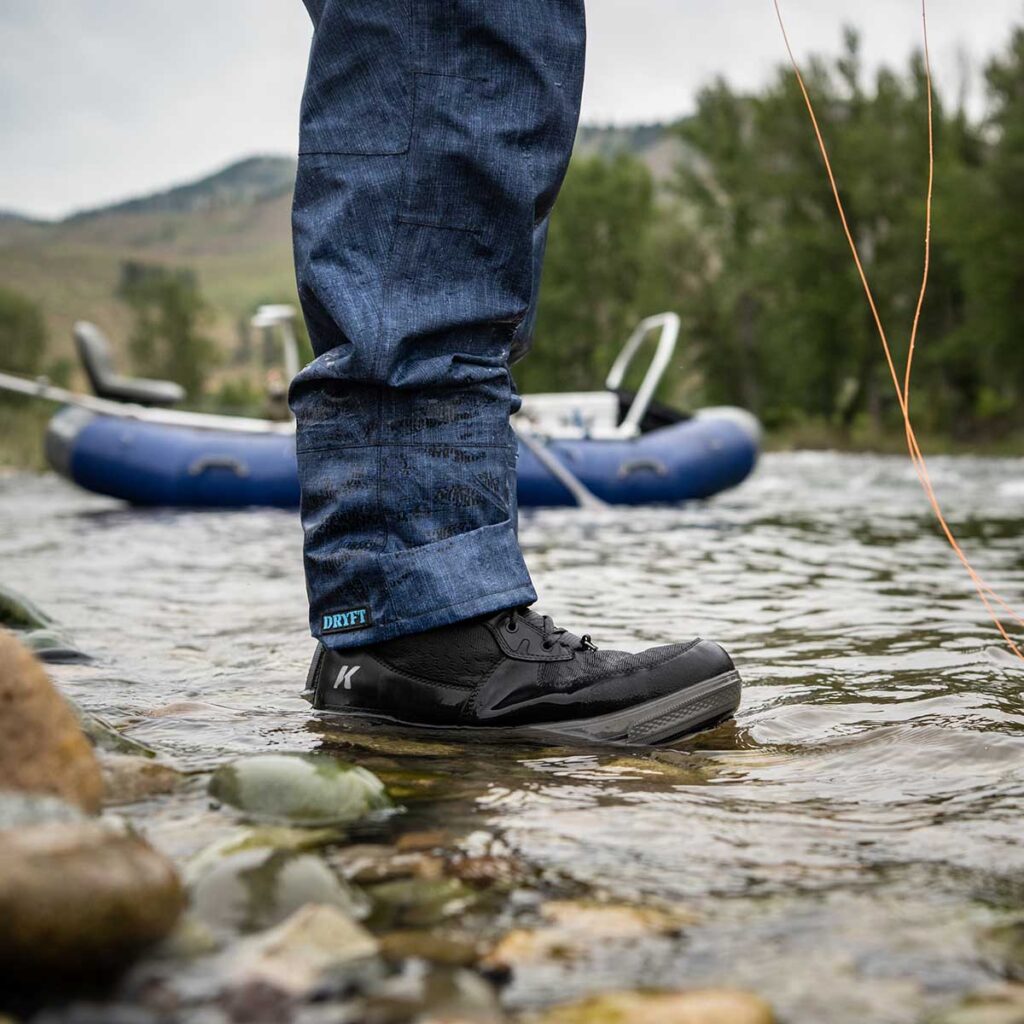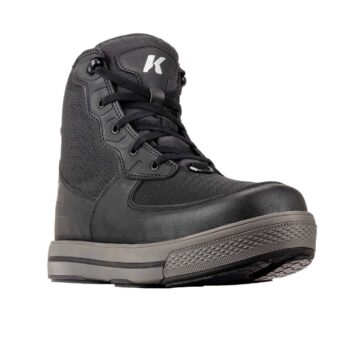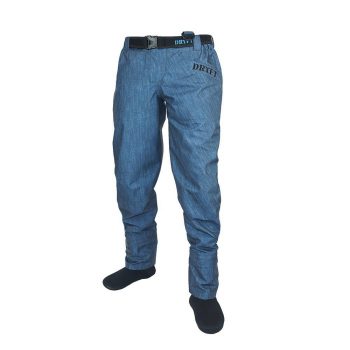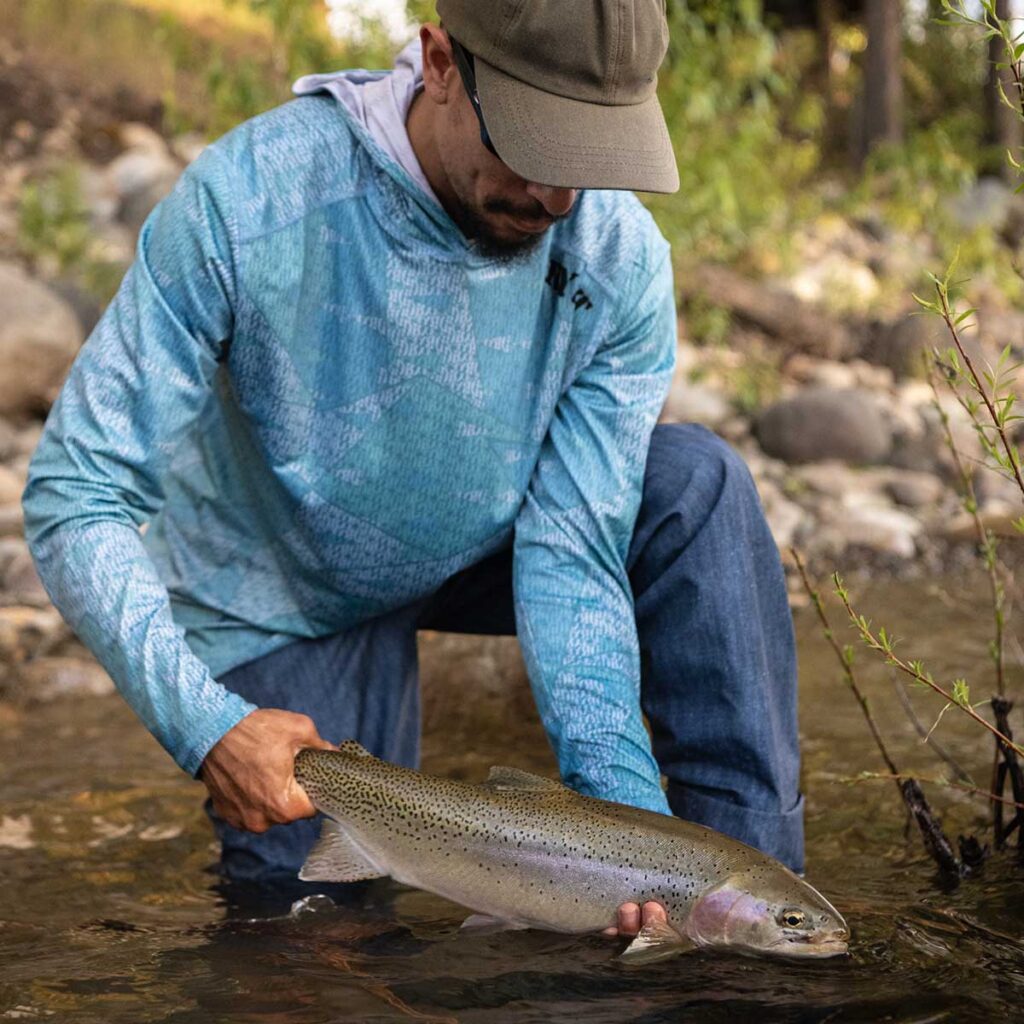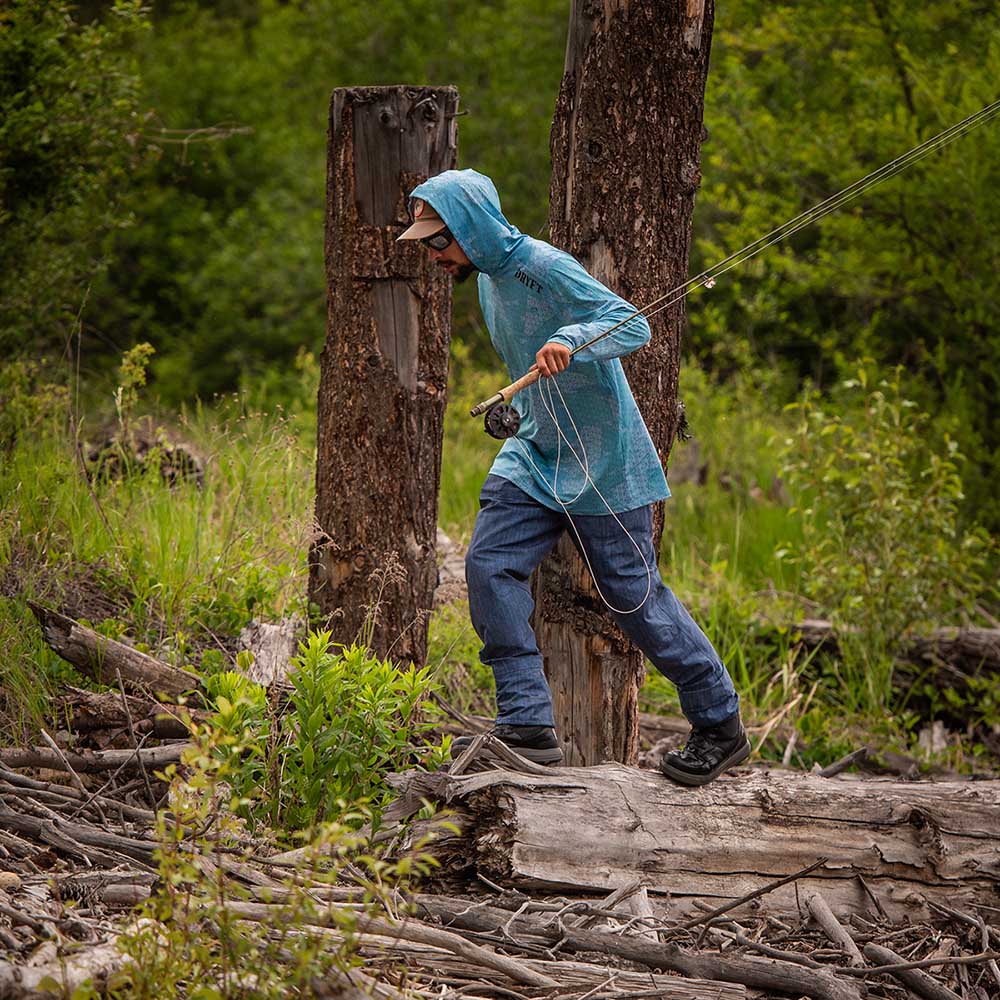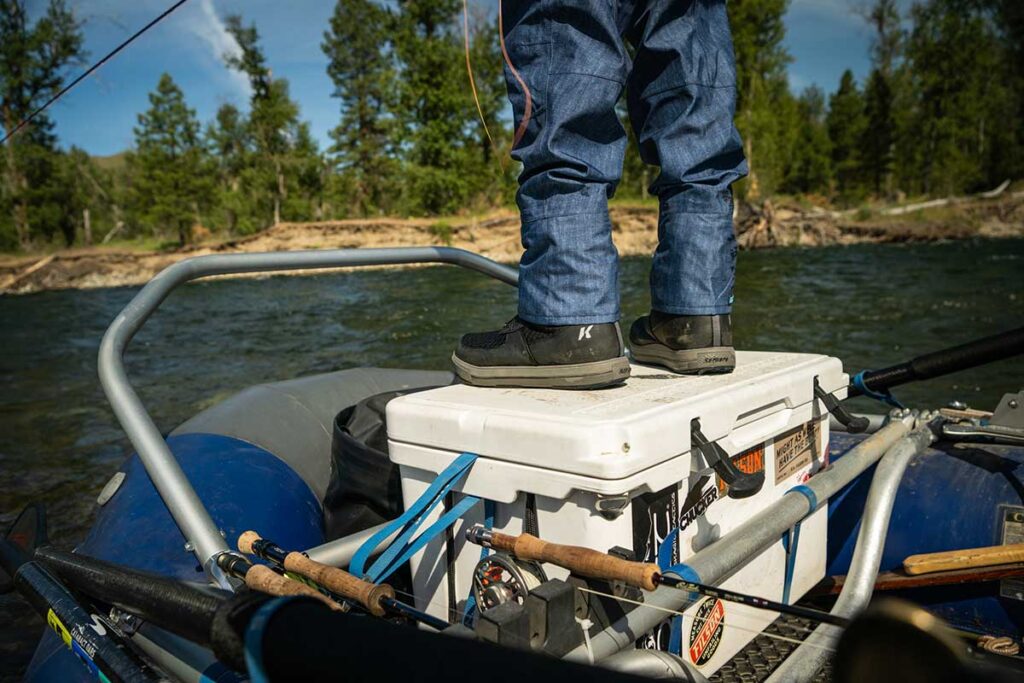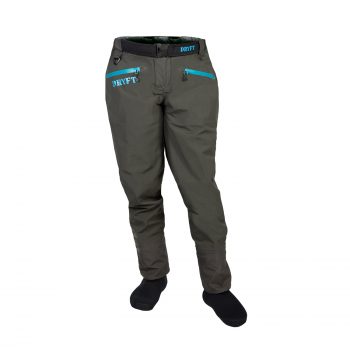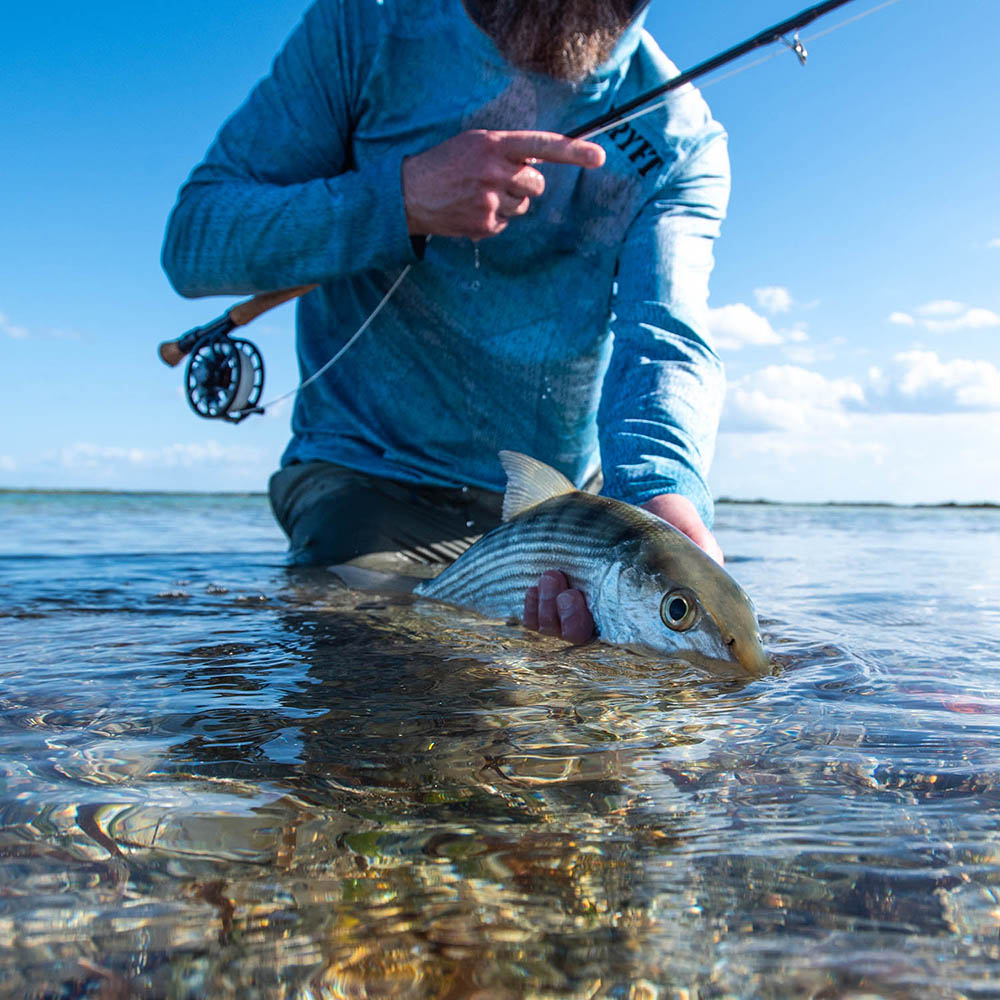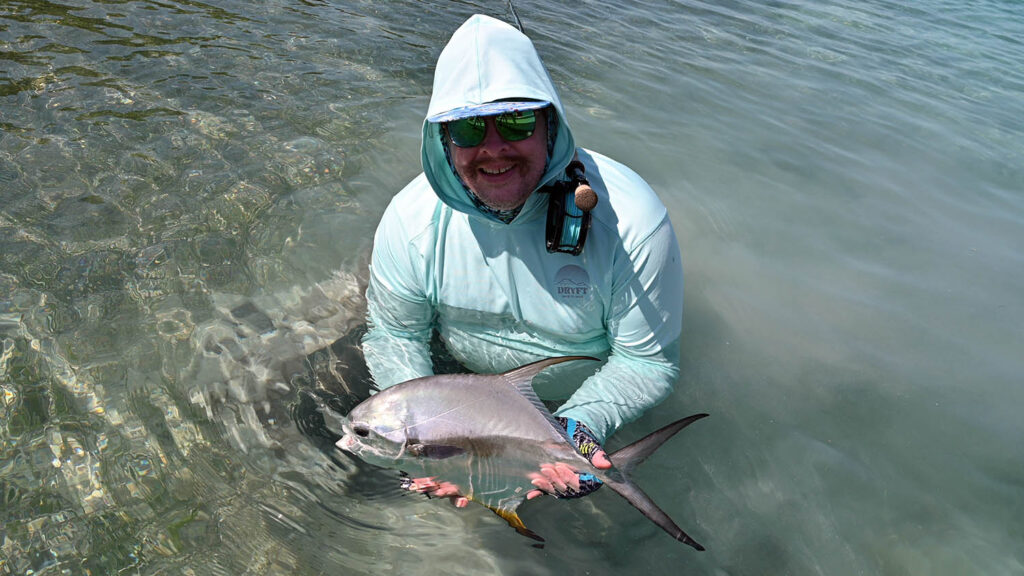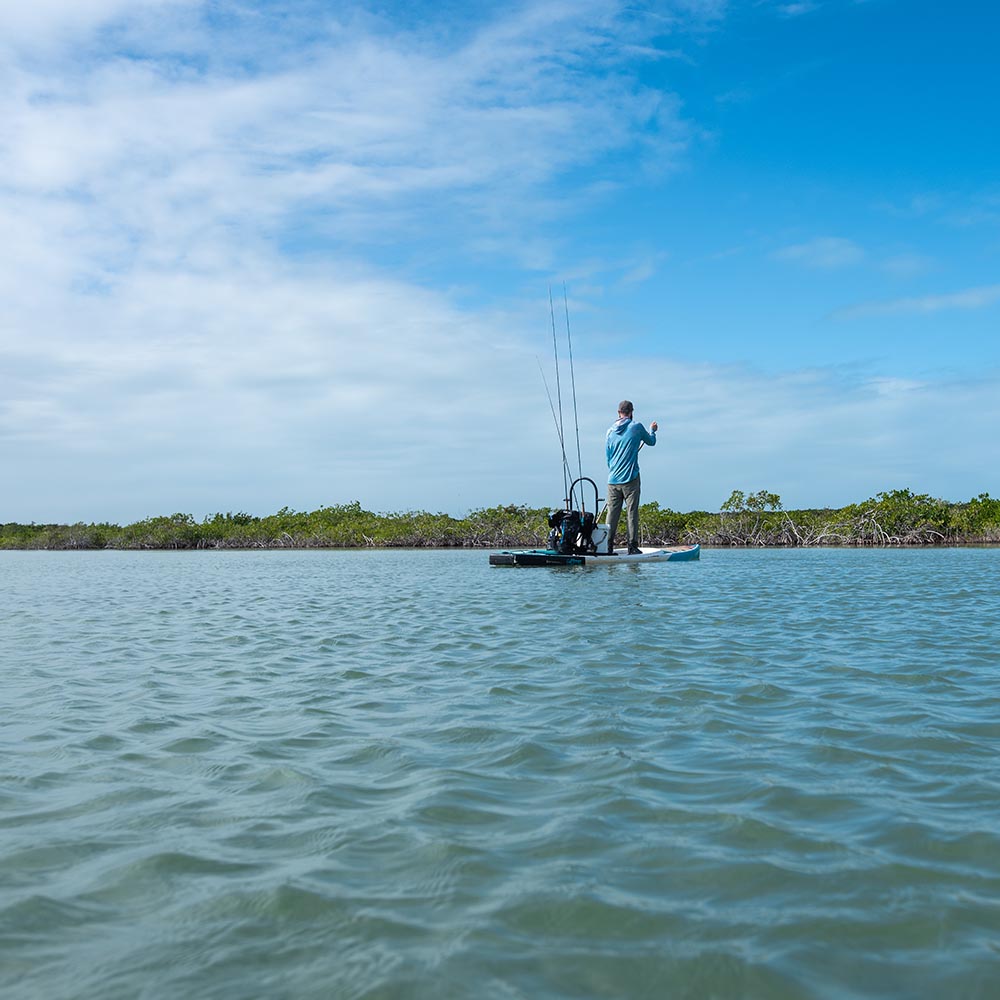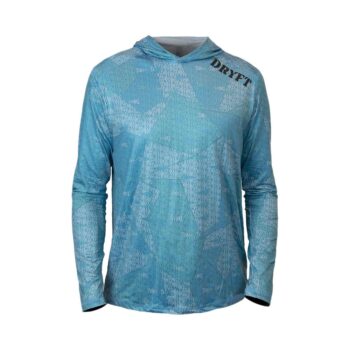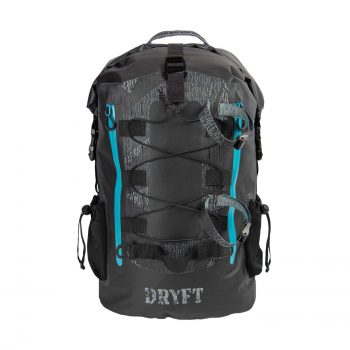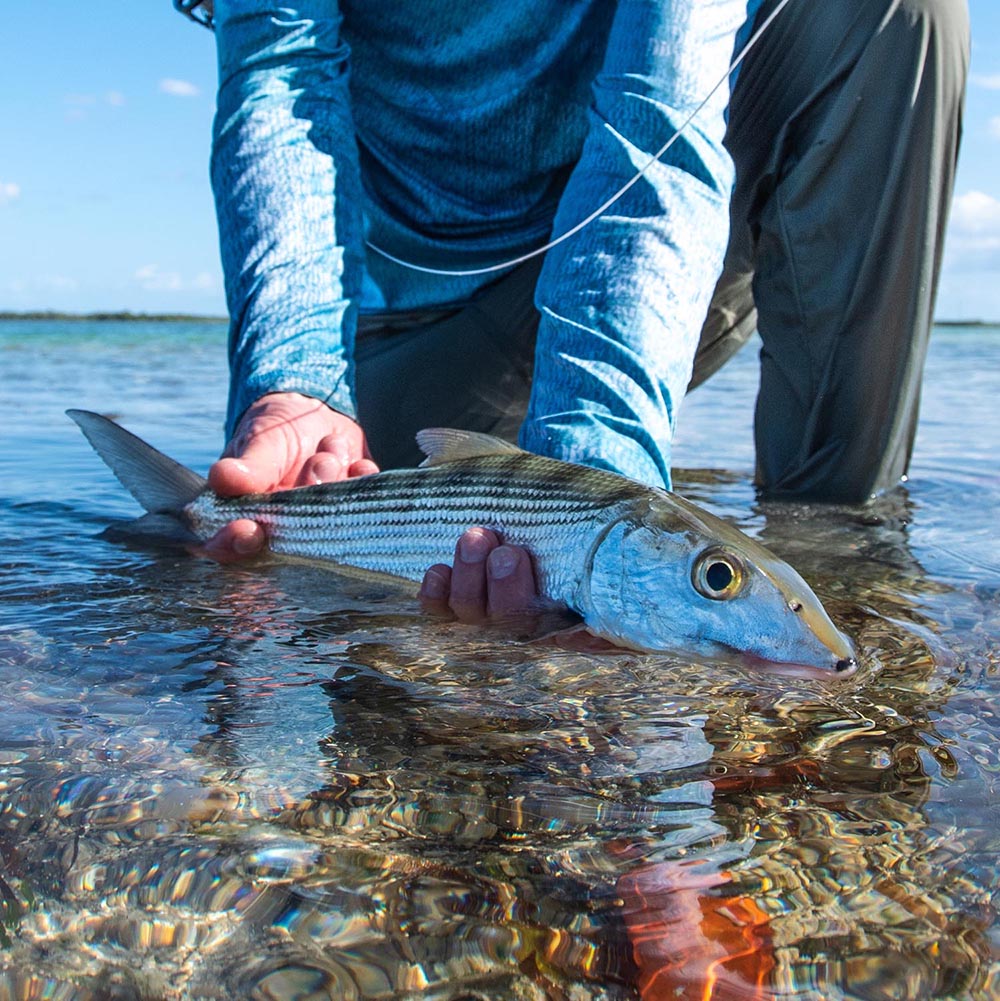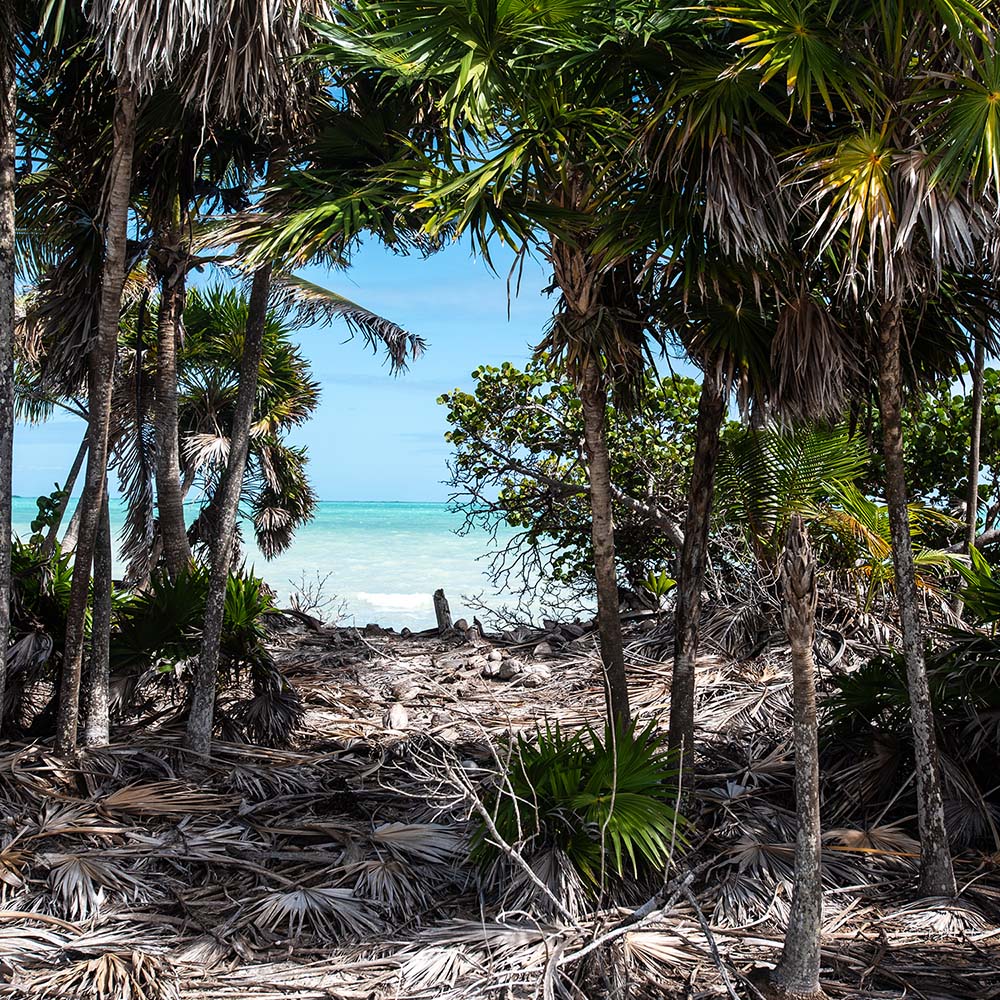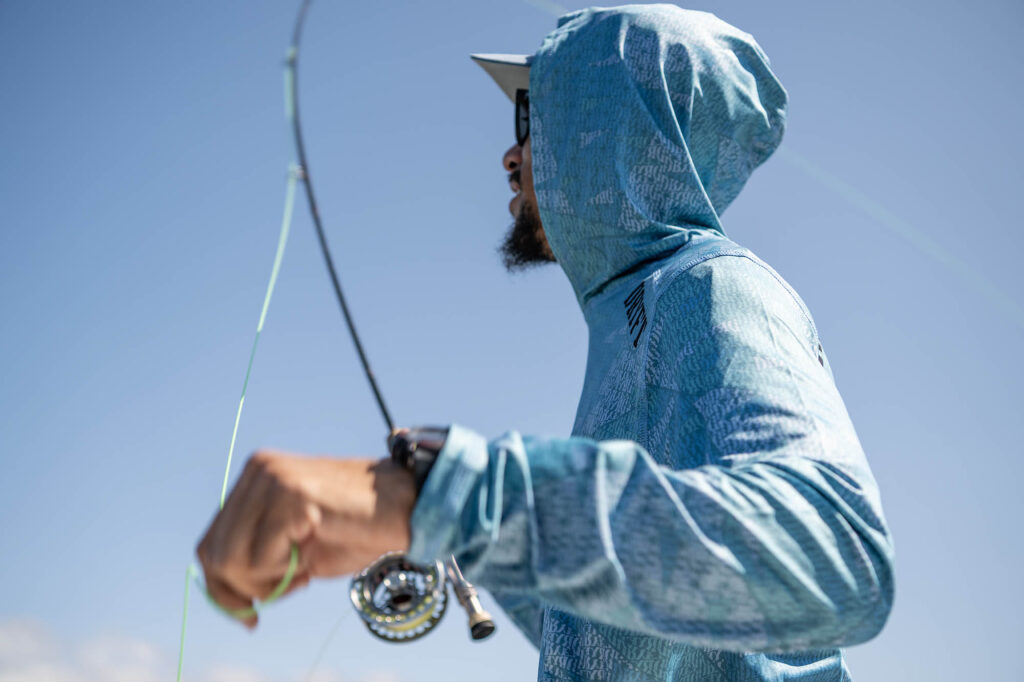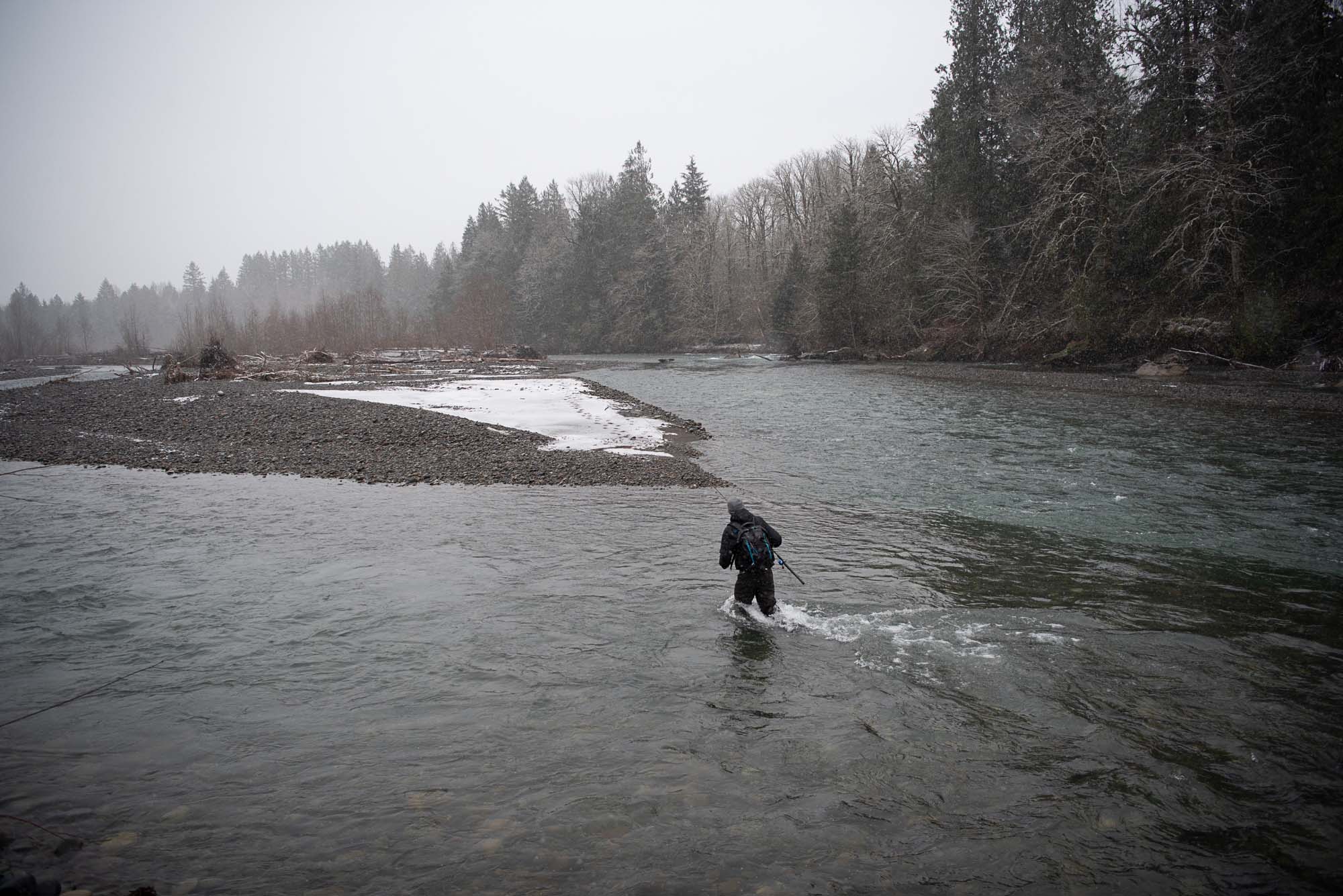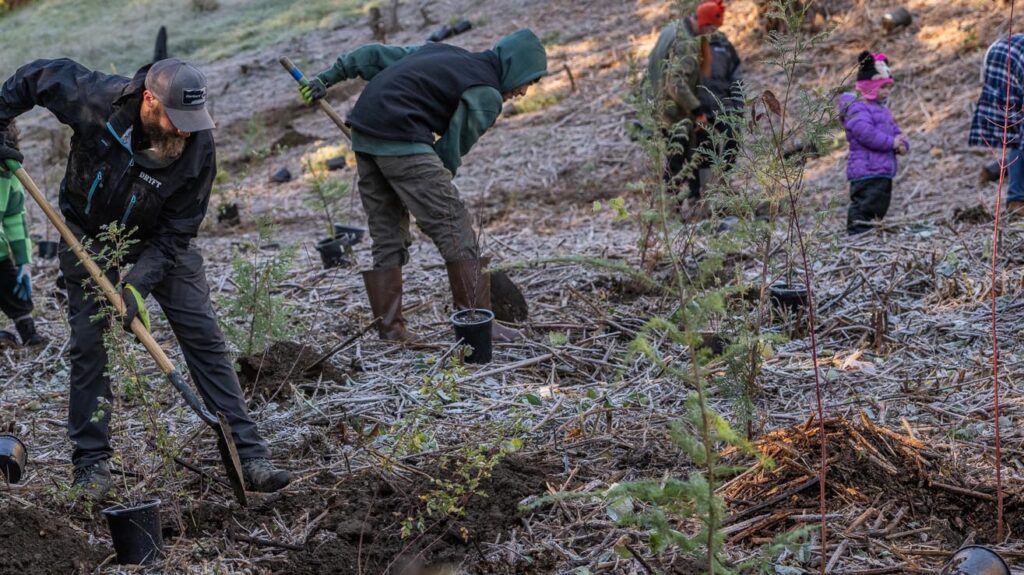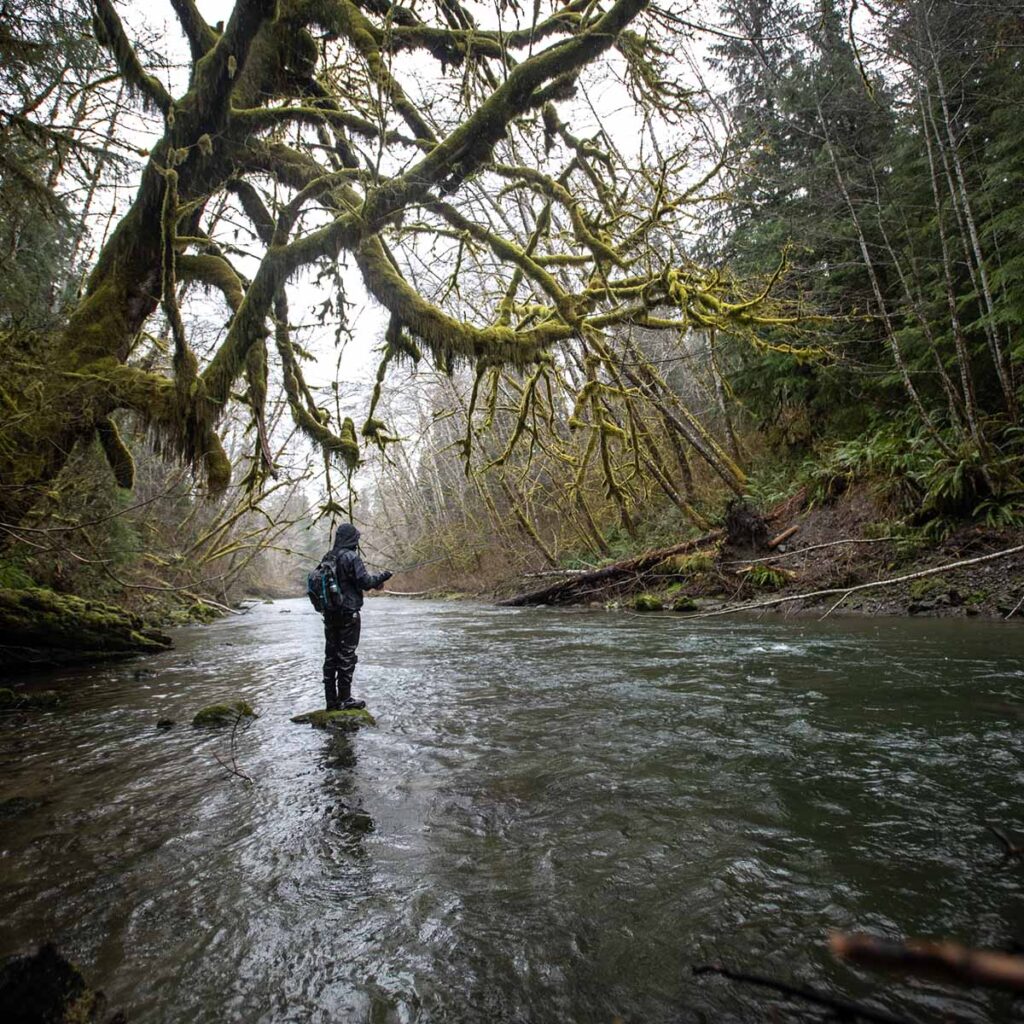

This year, we’re proud to continue our partnership with One Tree Planted. For every wader sold, a tree is planted along rivers and streams across the United States. Trees help keep our rivers cool and fish thriving.
Join us in supporting conservation this year. Learn more at dryftfishing.com/conservation.
-
Product on saleBundle & Save
 Primo Zip GD Wader & Session Lite Wading Pants BundleFrom: Original price was: $967.99.$900.60Current price is: $900.60.
Primo Zip GD Wader & Session Lite Wading Pants BundleFrom: Original price was: $967.99.$900.60Current price is: $900.60. -
Product on saleBundle & Save
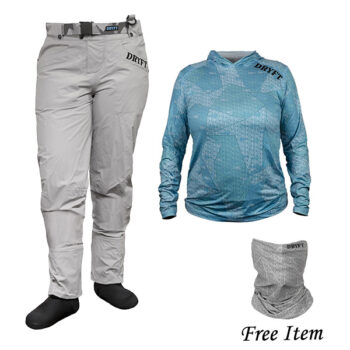 Women’s Session Lite Wading Pants and Sun Wizard UPF BundleFrom: Original price was: $442.99.$384.65Current price is: $384.65.
Women’s Session Lite Wading Pants and Sun Wizard UPF BundleFrom: Original price was: $442.99.$384.65Current price is: $384.65. -
Product on saleBundle & Save
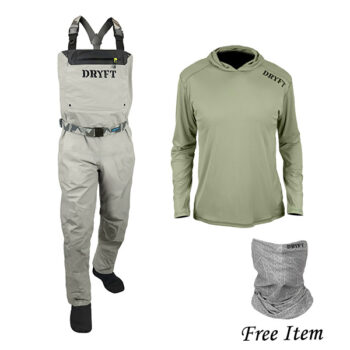 Session Lite Convertible Waders and Ambush UPF BundleFrom: Original price was: $572.99.$508.15Current price is: $508.15.
Session Lite Convertible Waders and Ambush UPF BundleFrom: Original price was: $572.99.$508.15Current price is: $508.15. -
Product on saleBundle & Save
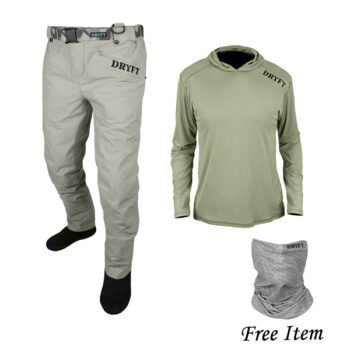 Session Lite Wading Pants and Ambush UPF BundleFrom: Original price was: $442.99.$384.65Current price is: $384.65.
Session Lite Wading Pants and Ambush UPF BundleFrom: Original price was: $442.99.$384.65Current price is: $384.65. -
Product on saleBundle & Save
 Session Lite Convertible Waders and Sun Wizard UPF BundleFrom: Original price was: $572.99.$508.15Current price is: $508.15.
Session Lite Convertible Waders and Sun Wizard UPF BundleFrom: Original price was: $572.99.$508.15Current price is: $508.15. -
Product on saleBundle & Save
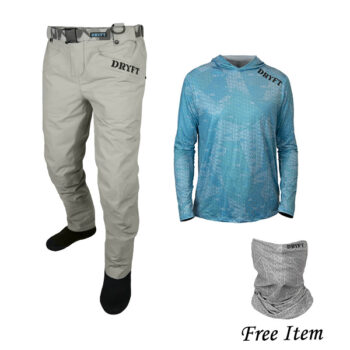 Session Lite Wading Pants and Sun Wizard UPF BundleFrom: Original price was: $442.99.$384.65Current price is: $384.65.
Session Lite Wading Pants and Sun Wizard UPF BundleFrom: Original price was: $442.99.$384.65Current price is: $384.65.

